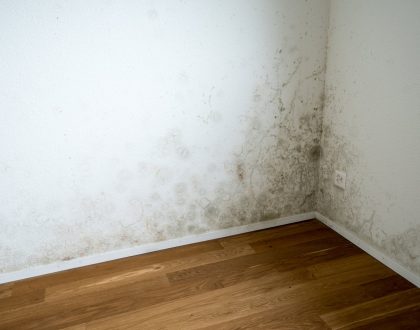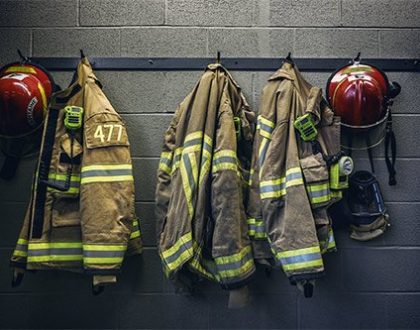What Next? 6 Steps to Take After a House Fire

What Next? 6 Steps to Take After a House Fire
If your home was destroyed in the rash of wildfires that have swept through the country, you need to take quick action. Once you and your family are safe, use the information provided below to get through the process of cleaning up and restoring house fire damage.
1. Notify Your Utility Companies
Your instincts may be to start with the cleanup right away. However, before you enter your home, contact the utility companies — even if your home was destroyed. The utility lines may still be active, which means exposed wires are electrically charged and your gas lines are still pumping natural gas through them. Both of those situations pose a serious safety risk for you.
Once you contact your utility companies, they’ll send a technician out to disconnect the power to your home and shut off the gas supply. In some cases, the fire department will have your utilities disconnected for you. For maximum protection, you will still need to make contact to ensure that the process was followed.
2. File an Insurance Claim
If your home is insured, file a claim immediately. After a natural disaster, insurance companies are inundated with insurance claims. The faster you file a claim, the sooner your insurance company can begin the process. Not only that, but your insurance company will provide you with services that you need now that your home is destroyed.
Depending on your policy, your insurance company may provide you with emergency housing, cash allowances for food, and the replacement of your necessary personal items, such as clothing. When you contact your insurance company, write down your claim number and the name of the representative who is assigned to assist you. You’ll need that information throughout the claims process.
3. Contact Local Disaster Relief Organizations
If might be a few days before your insurance company can set you up with emergency housing. To make sure you have access to the things you’ll need during the interim period, contact your local disaster relief organizations.
Your local disaster relief organizations will provide you with needs and services such as food, shelter, and laundry facilities. If you have pets, your insurer can also help you locate emergencies shelters for them as well.
4. Document Your Losses
After the smoke clears — and the site is determined to be safe to enter — begin the process of sorting through your belongings. This is the time when you need to document all your losses. If you had an inventory list of your belongings as part of your emergency preparedness planning, use that to assist in your documentation process.
Follow the list as you go room to room. Put a check mark next to each item that has been destroyed in the fire. If you don’t have a pre-made inventory list, write down each item that you find on your property.
5. Remove Your Belongings From the House
Once you’ve inventoried all your belongings, you need to start removing them from your home. To make this process easier, rent a dumpster and a portable storage unit. For your protection, wear gloves, steel-toed boots, and a face mask while you remove your belongings. The fumes and the chemicals on your belongings may be toxic.
6. Hire the Right Team for the Clean Up
If the cleanup becomes too much for you to handle, hire a restoration crew. The right restoration crew will document your losses, remove your belongings, and take care of the entire process for you. This method is a safe and efficient way to clean up after a fire.
If your home has been destroyed by a recent fire, you may not know what to do next. The information provided here is designed to help you navigate the steps you need to take to recover from the disaster. For help with the cleanup, contact us at DRC Cleaning Solutions.
Recommended Posts

Flood Damage? 3 Longer Term Challenges to Prepare For
June 29, 2019

Fire Prevention Tips for Landlords and Property Owners
June 29, 2019

Tips for Preventing Mold in Your Attic
June 29, 2019
